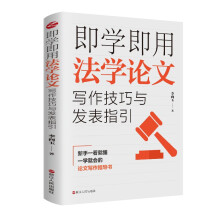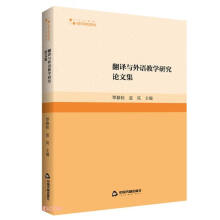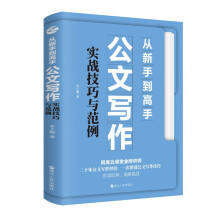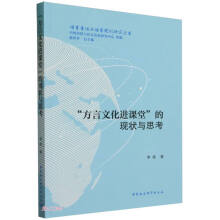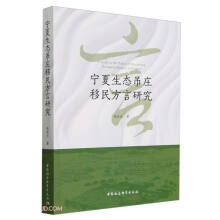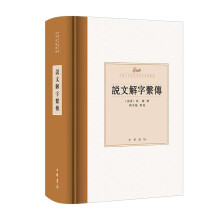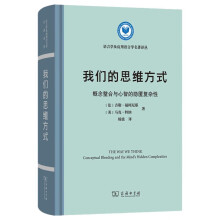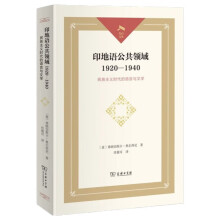Chapter 1 Introduction
1.1 Research Questions and Significance of This Study
1.2 The Typology of Motion Events and Motion Verbs
1.3 Lexicalization Patterns Of Motion Events in Chinese
1.4 Structure of This Study
Chapter 2 Previous Studies and the MRC Hypothesis
2.1 Lexicalist Approaches to the Lexicon and Syntax Interface
2.2 The MRC as a Lexical Constraint
2.2.1 The Motivation for the MRC:Integration of Verb Roots and Event Schemas
2.2.2 Semantic Notions Underlying Manner and Result Verbs
2.2.3 Hallmarks Of Manner and Result Verbs
2.2.4 Disentangling Various Manners and Results
2.3 Arguments Against the MRC Hypothesis
2.3.1 Arguments Based on Counterexample Verbs in English
2.3.2 Arguments Against the MRC as a Constraint Operating in the Lexicon
2.4 Summary
Chapter 3 The Manner/Result Complementarity in Modern Chinese
3.1 Previous Studies of Classification of Modern Chinese Motion Verbs
3.2 Notions of Manner and Result in Chinese Motion Events
3.3 Re—examination of the Lexcialization Patterns of Chinese Morion VerbS
3.3.1 A Preliminary Distinction
3.3.2 Controversies over Classification of Some Motion Verbs
3.3.3 Potential Counterexample Verbs
3.3.4 Neglected Motion Verbs in Previous Studies
3.4 Summary
Chapter 4 The Manner/Result Complementarity in Old Chinese
4.1 Background of Old Chinese
4.1.1 Key Typological Characteristics of Old Chinese
4.1.2 Motion Events in Old Chinese
4.2 Research Method and Data
4.3 Lexicalization Patterns of Motion Verbs in Old Chinese
4.3.1 Preliminary Classification Of Motion Verbs in Old Chinese
4.3.2 Purported Counterexamples to the MRC in Old Chinese
4.4 Summary
Chapter 5 The Diachronic Evolution of Polysemous Motion Verbs
5.1 The Evolution of Motion VerbS in Their Lexical Semantlcs and Grammatical Behaviors
5.1.1 走 zou“walk/run”
5.1.2 飞 fei“fly”
5.1.3 跑 pao“run”
5.2 Factors Affecting the Change of the Lexicalization Patterns of Motion Verbs
5.2.1 Possible Factors Affecting the Evolution of the Lexicalization Patterns of 走 zou “walk/run”
5.2.2 Extending the Analysis of 飞 fei “fly” and 跑 pao “run”
5.2.3 The Lexical Evolution of Polysemous Motion Verbs as an Epitome of the Evolution of Chinese Motion Lexicon
5.3 Summary
Chapter 6 Conclusion
6.1 Summary of Major Findings of the Present Study
6.2 Motion Verbs and Motion Constructions at the Lexicon and Syntax Interface
6.2.1 Polysemous Manner.of.Motion Verbs in Cross.Linguistic Contexts
6.2.2 Lexical Semantics and Morphosyntactic Structure
6.2.3 Diachronic Change of the Lexicalization Patterns of Motion Verbs
6.3 Future Work
References
展开

